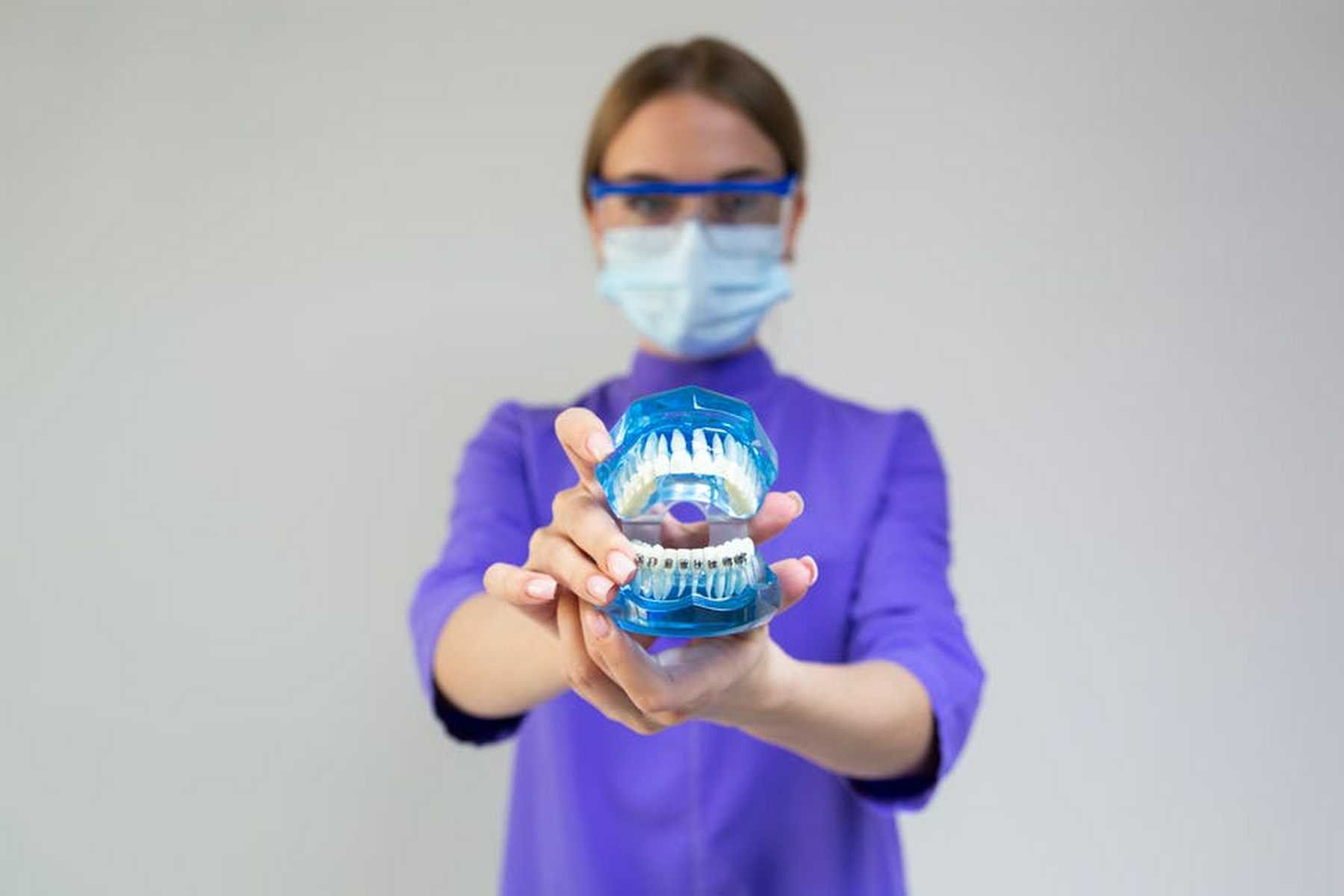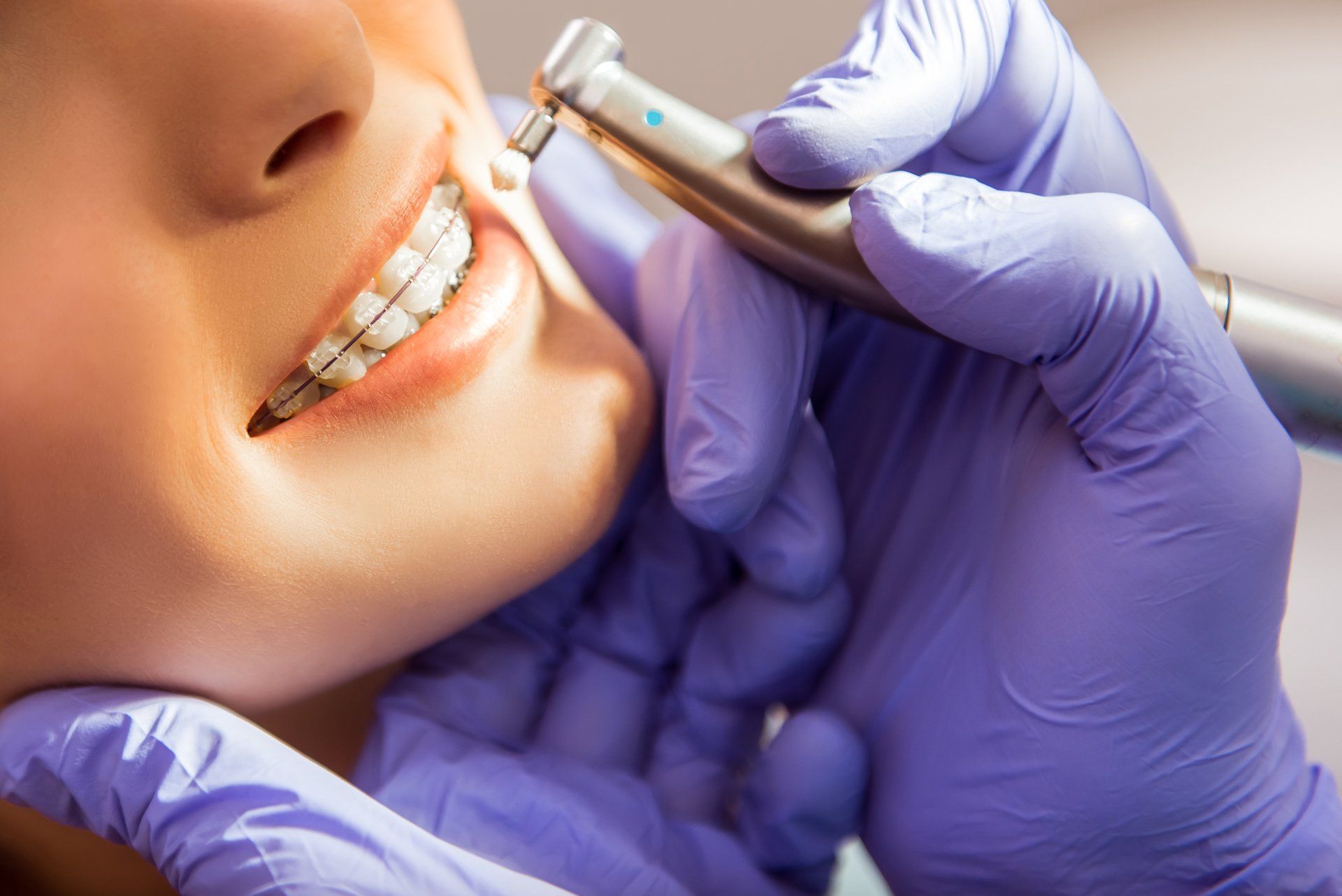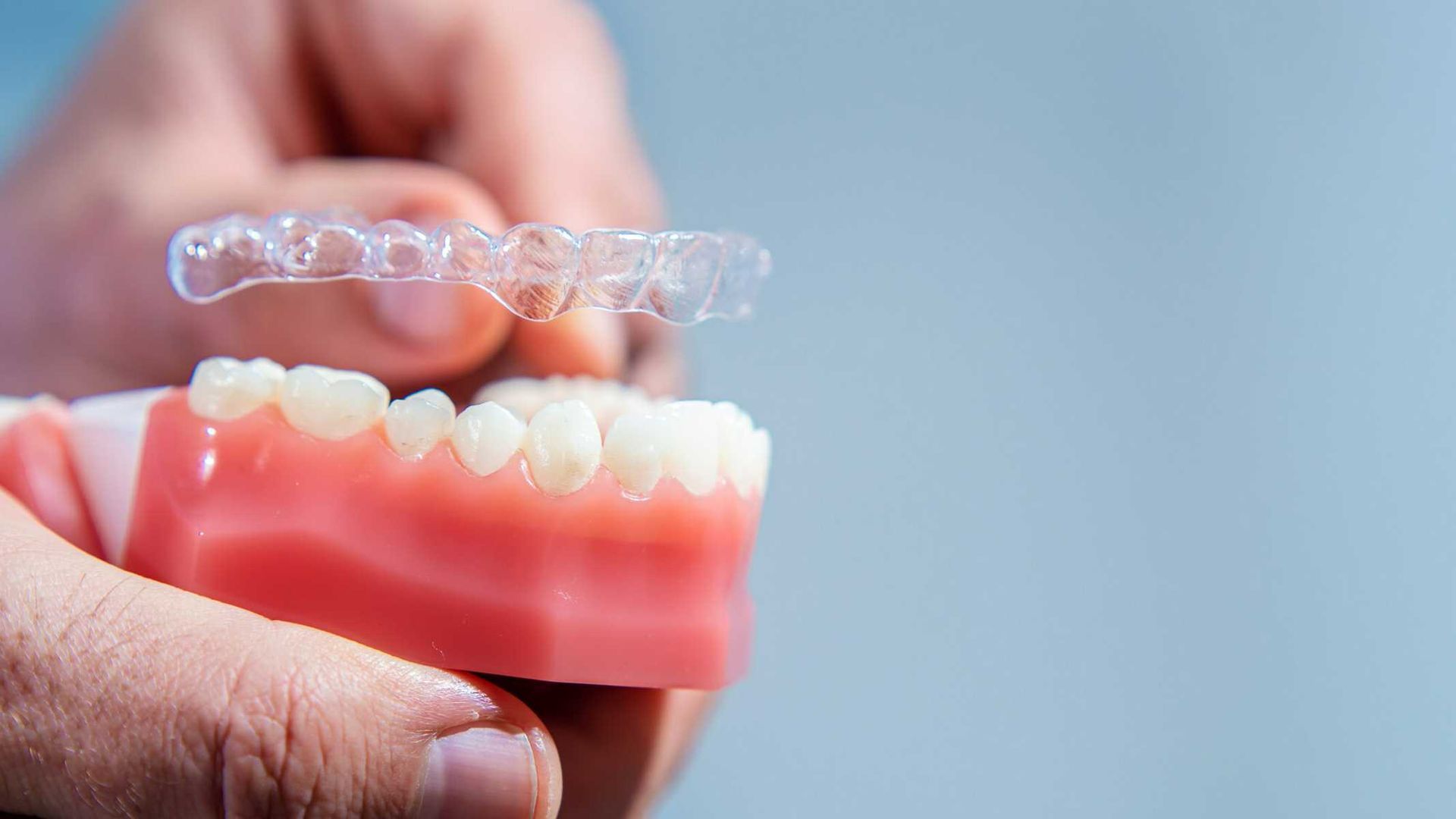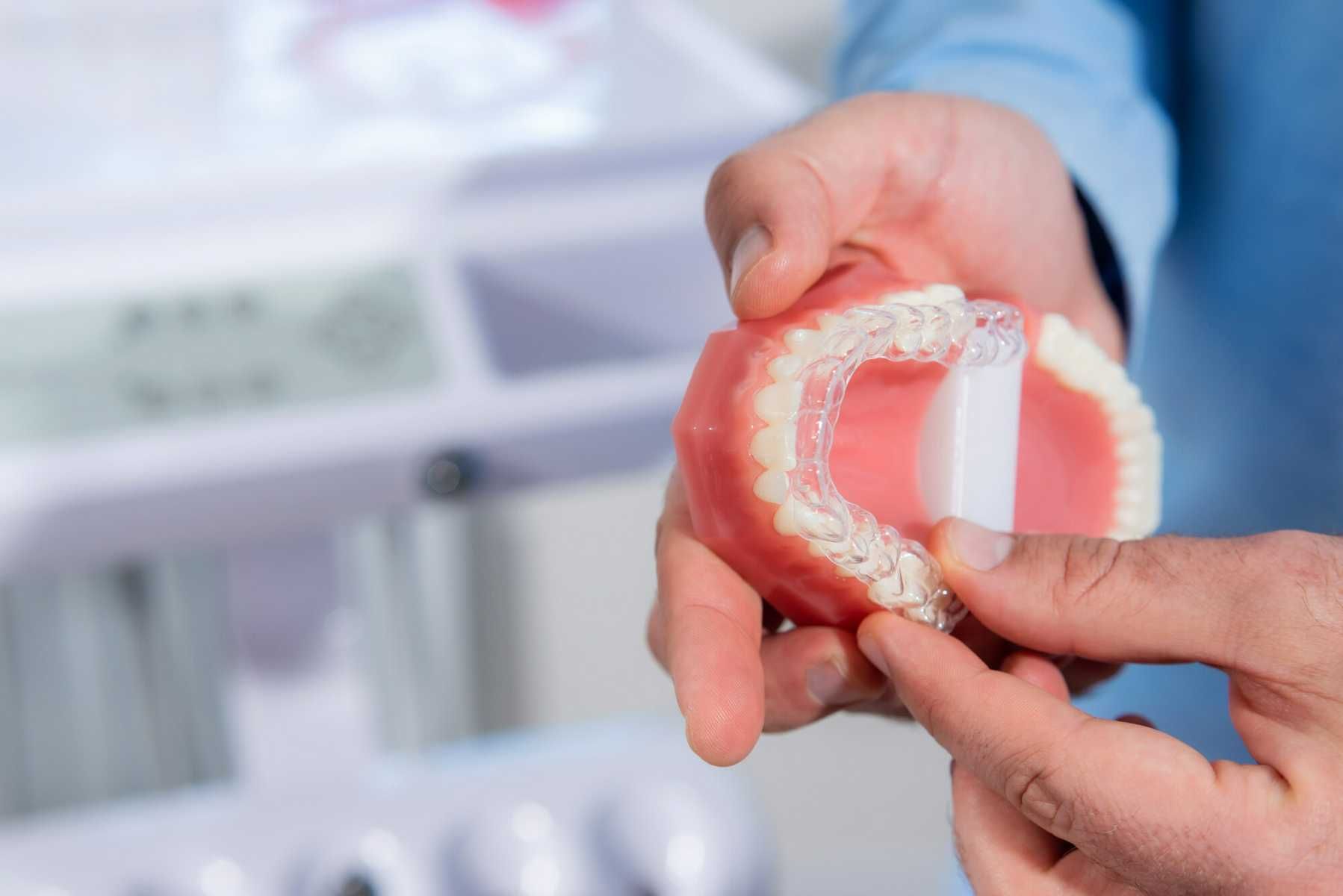Avoid Invasive Orthodontic Treatment with Two-phase Treatment

Are you the parent of a young child? Have you thought about the importance of getting an orthodontic checkup for him or her? The American Association of Orthodontists strongly recommends a visit by age 7.
This allows the early detection of jaw problems, such as a narrow, upper jaw. Orthodontists may also find issues with erupting teeth while he/she still has baby teeth.
Dr. J May Orthodontics conducts childhood screenings and treats as needed. The current approach in children involves a two-phase treatment plan. Keep reading to learn more about this beneficial strategy.
Purpose of Orthodontic Treatment
Most people think the reason for orthodontic treatment is “to straighten teeth.” While this is true, it plays a big role in promoting physical and dental health.
Malocclusion means crooked or misaligned teeth. When the peaks and grooves of the teeth don’t meet properly, problems occur. Examples include trouble chewing, breathing and speaking.
This impacts your oral health by increasing the risk of gum disease and cavities. Malocclusion can cause the teeth to cut into your gums or lips. Cavities may lead to an infection, such as sepsis, that's sometimes life-threatening.
Gum disease is also connected to a higher risk of heart disease. Having a crooked jaw and teeth can affect your appearance and mental health.
Malocclusion occurs due to improper development and positioning of the teeth or jawbone. Issues with the lips, cheeks and muscles can also contribute. For example, having a tongue thrust or reverse swallowing affects tooth alignment.
Genetics often play a role in tooth and jaw size, and when baby teeth erupt and fall out. This highlights the importance of early screening and intervention.
The Two-phase Treatment Option
Dr. J May Orthodontics offers the two-phase treatment option. The goal is to guide tooth placement and jaw growth to prevent future problems.
Phase One
If your child has oral development problems, Dr. James May will start phase one. They may use spacers, appliances or a few braces to guide tooth position.
This avoids overcrowding of the teeth. It also affects the jaw’s growth to accommodate all the adult teeth. Your child will have a lower chance of needing teeth pulled in the future.
Resting Period
After completing phase one, there's a "resting period." During this time, all the permanent teeth are allowed to erupt without intervention.
A successful phase one gives them the room they need to erupt in the right position. We will check on your child’s progress about every six months.
Phase Two
The second phase ensures the correct alignment of the teeth and jaw with the lips, tongue and cheeks. It starts after all the permanent teeth are in.
Braces or aligners are worn on the top and bottom teeth. This allows for final correction of any malocclusions.
Most children wear braces for about 24 months and then wear a retainer to prevent movement. The goal is to prevent the need for invasive Houston orthodontics in the future.
Are You Looking for a Quality Orthodontic Office in the Houston Area?
This article discussed the new approach to orthodontics before the teen years. Dr. J May Orthodontics is your source for Houston Orthodontics. We’re among the top one percent of Invisalign Providers to receive the Diamond designation.
We treat patients of all ages with cutting-edge techniques and offer braces for children, teens and adults. Our goal is to spread the gift of oral health, quality of life and confidence to our patients.
Schedule an appointment today to take the first step to a healthy, beautiful smile.











